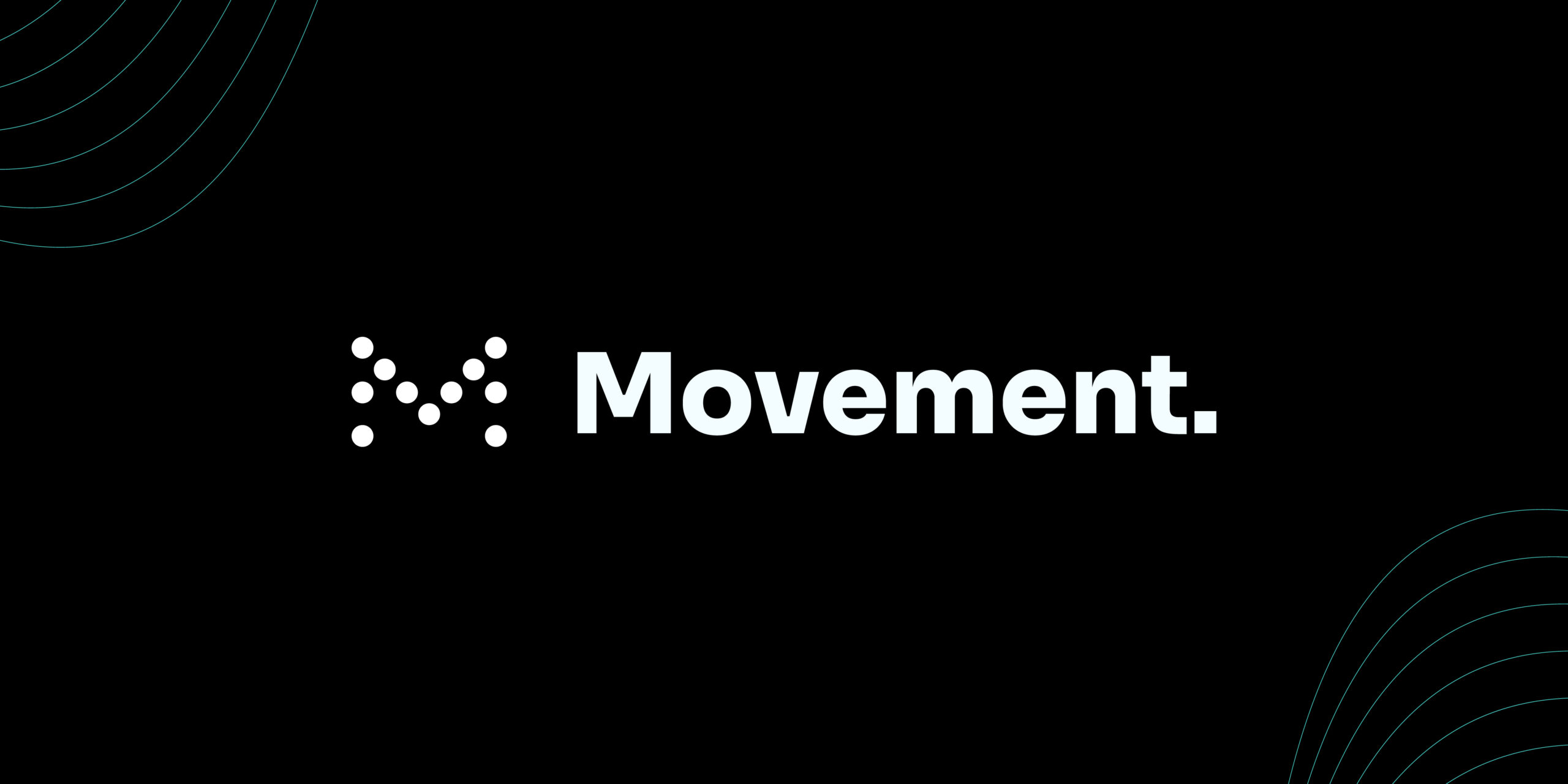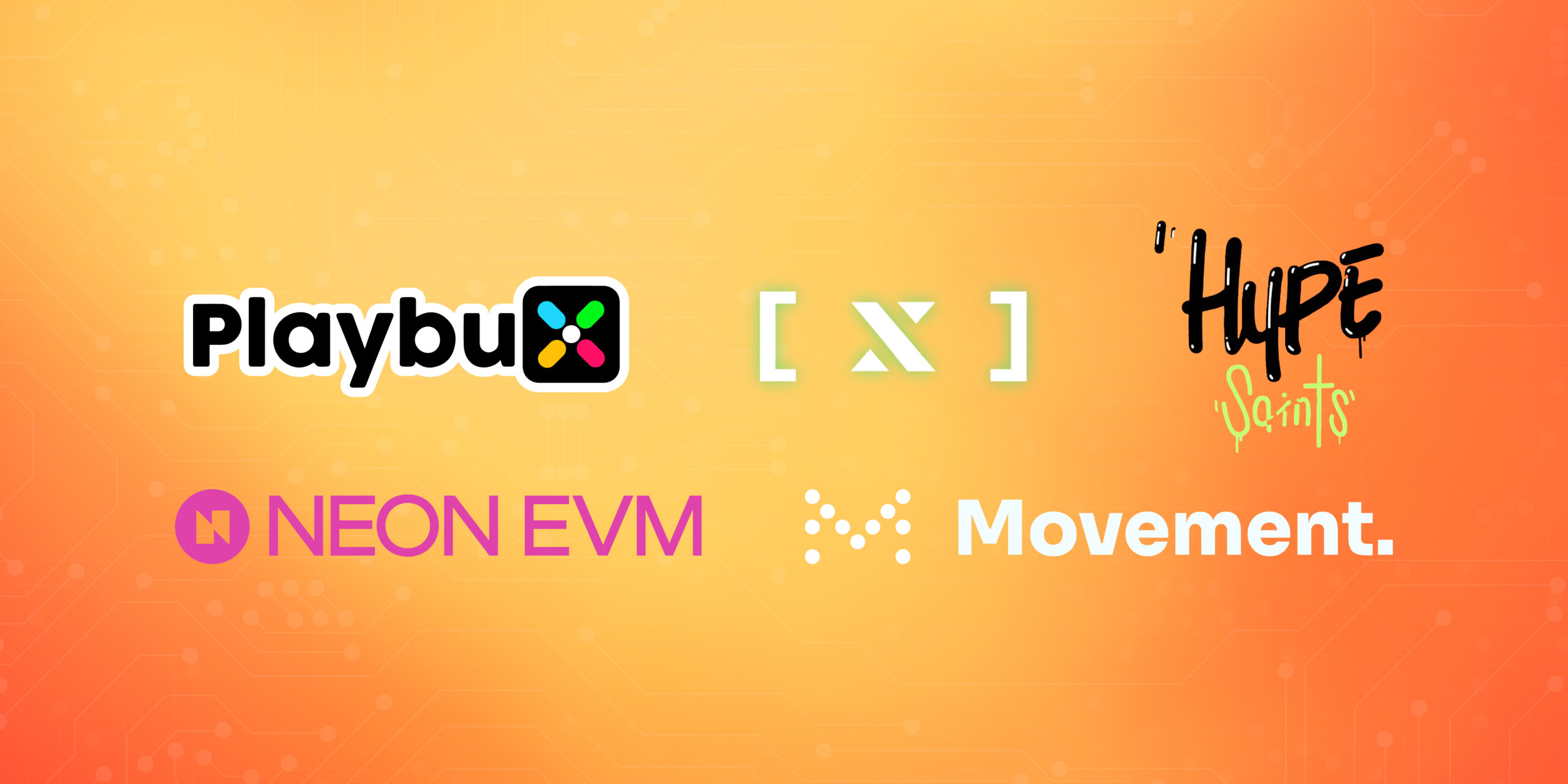Introduction
Movement Network is a modular framework for developing and deploying Move-based blockchains, applications, and infrastructures across distributed environments, designed for vertical composition and horizontal scalability with native interoperability capabilities with Avalanche and future ecosystems. The foundation of this network lies in the Movement Liquidity Hub, which is instrumental in omni-chain Move integration and rollups.
Innovation
The innovative attributes of the Movement Network are highlighted in its use of MoveVM as its execution environment. MoveVM is a virtual machine designed to minimize vulnerabilities compared to smart contract languages like Solidity and Rust. Avalanche Warp messaging for Cross-Subnet Communication allows seamless native communication between multiple subnets, enabling dynamic load balancing by offloading transactions to different blockchains within a subnet giving Movement Network direct access to Avalanche’s Total Value Locked (TVL) and users from day one, making the project highly innovative, as reflected by an Innovation score of 11 out of 11.
Architecture
The architectural design of the Movement Network encompasses Mocha, a community-first modular Move Layer 1 that enables modularity and interoperability for non-EVM smart contract languages. It facilitates a high Transaction Per Second (TPS) rate, instant finality, decentralization, and the ability for horizontal scaling by launching multiple subnets within their blockchain. Further, its subnet-as-a-service architecture allows for separate and interoperable chains under one validator set and the network’s utility token, $MVMT. The Architecture of the Movement Network has received a commendable score of 10 out of 12.
Code Quality
Despite the unavailability of the project’s development history, the code quality of the Movement Network project is noteworthy. However, more transparency in the development process would be beneficial for a better assessment and potential contributions from the community. Given the current state of information, the project has been rated 11 out of 15 for Code Quality.
Product Roadmap
The Movement Network demonstrates a promising product roadmap that includes the development of a theoretical rollup framework enabling interoperability with EVM consensus for Move and Zero-Knowledge Virtual Machines (ZK VMs). The roadmap outlines the development of a MoveVM Layer 2 solution, MoveVM App Chain, and MoveVM direct integration with a consensus mechanism, indicating a strong commitment to continual growth and product enhancement.
Usability
Given its comprehensive features and offerings, Movement Network’s usability score is a perfect 5 out of 5. The project offers a Movement CLI and Movement Typescript SDK to enable developers to build on the subnet locally, highlighting the focus on enhancing user experience and ease of use.
Team
A team of active developers with intermediate experience on GitHub and a solid coding style backs the Movement Network project. While more details on the team would provide a deeper understanding of the project’s potential, the available information presents a positive picture, earning a Team score of 5 out of 7.
Conclusion
Overall, the Movement Network presents a solid and promising project. The focus on vertical composition and horizontal scalability, combined with its innovative use of MoveVM and Cross-Subnet Communication via Avalanche Warp Messaging, make it stand out. The code quality is commendable, and the robust roadmap demonstrates the project’s potential. With its focus on user experience and a competent development team, Movement Network is poised to contribute to the crypto ecosystem significantly.
Tech Score
The tech score for Movement Network stands at 76.36%, with a projected increase to 85.45% following the mainnet launch.
| Initial Screening | |||
| Keep researching | |||
| Does this project need to use blockchain technology? | Yes | ||
| Can this project be realized? | Yes | ||
| Is there a viable use case for this project? | Yes | ||
| Is the project protected from commonly known attacks? | Yes | ||
| Are there no careless errors in the whitepaper? | Yes | ||
| Project Technology Score | |||
| Description | Scorecard | ||
| Innovation (Out Of 11) | 11 | ||
| How have similar projects performed? | Good | 2 | |
| Are there too many innovations? | Regular | 2 | |
| Percentage of crypto users that will use the project? | Over 11% | 5 | |
| Is the project unique? | Yes | 2 | |
| Architecture (Out of 12) | 10 | ||
| Overall feeling after reading whitepaper? | Good | 2 | |
| Resistance to possible attacks? | Good | 2 | |
| Complexity of the architecture? | Not too complex | 2 | |
| Time taken to understand the architecture? | More than 1 hour | 0 | |
| Overall feeling about the architecture after deeper research? | Good | 4 | |
| Has the project been hacked? | No | 0 | |
| Code Quality (out of 15) | 11 | ||
| Is the project open source? | Yes | 2 | |
| Does the project use good code like C,C++, Rust, Erlang, Ruby, etc? | Yes | 2 | |
| Could the project use better programming languages? | No | 0 | |
| Github number of lines? | More than 10K | 1 | |
| Github commits per month? | More than 10 | 0 | |
| What is the quality of the code? | Good | 2 | |
| How well is the code commented? | Good | 1 | |
| Overall quality of the test coverage? | Outstanding | 2 | |
| Overall quality of the maintainability index? | Good | 1 | |
| When Mainnet (out of 5) | 5 | ||
| When does the mainnet come out? | Mainnet | 5 | |
| Usability for Infrastructure Projects (out of 5) | 5 | ||
| Is it easy to use for the end customer? | Yes | 5 | |
| Team (out of 7) | 5 | ||
| Number of active developers? | 5+ | 2 | |
| Developers average Git Background? | Intermediate | 1 | |
| Developers coding style? | Solid | 2 | |
| Total Score (out of 55) | 47 | ||
| Percentage Score | |||
| Innovation | 20.00% | ||
| Architecture | 18.18% | ||
| Code Quality | 20.00% | ||
| Mainnet | 9.09% | ||
| Usability | 9.09% | ||
| Team | 9.09% | ||
| Total | 85.45% |





